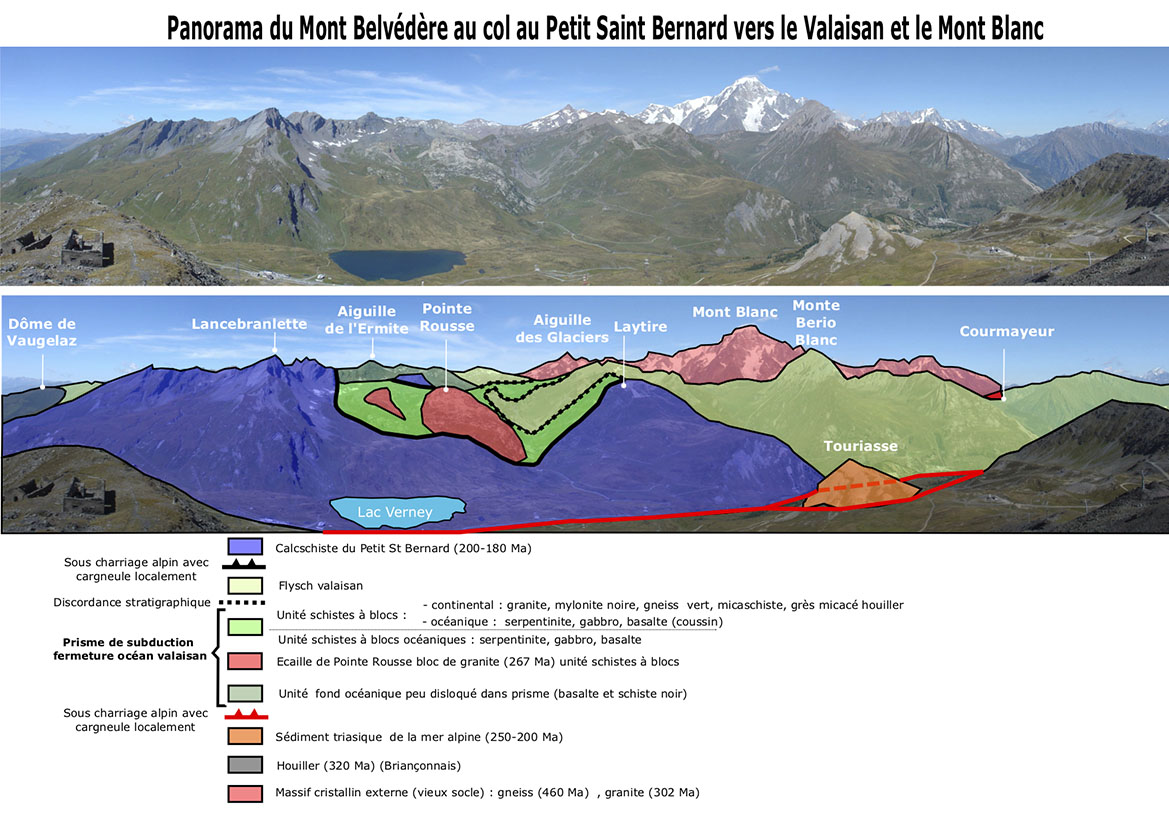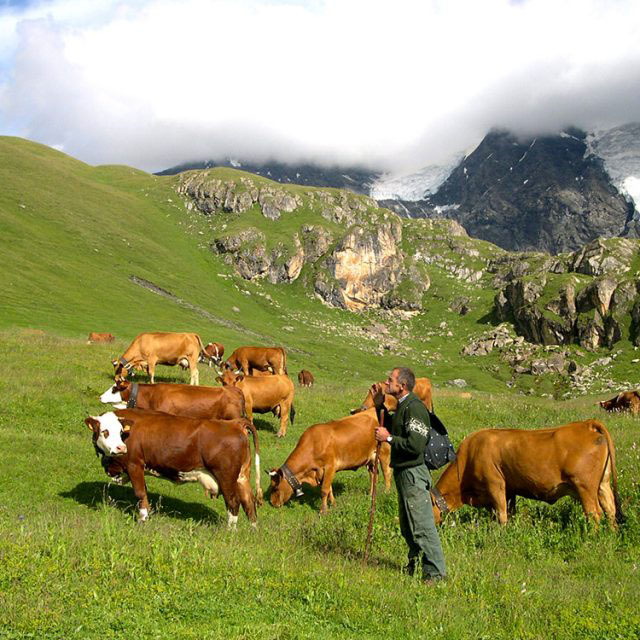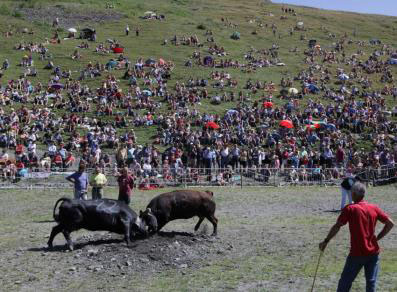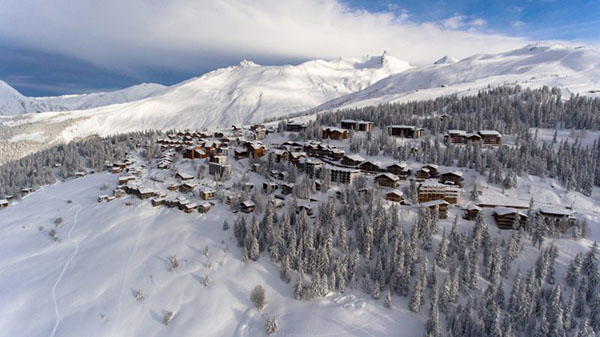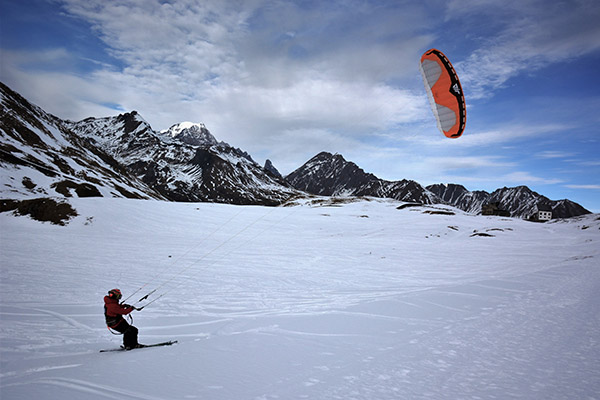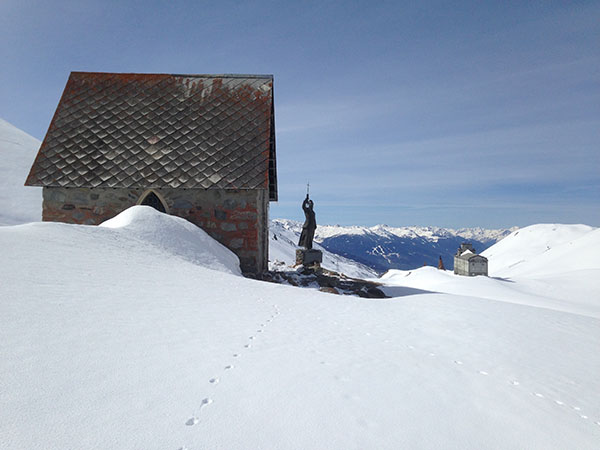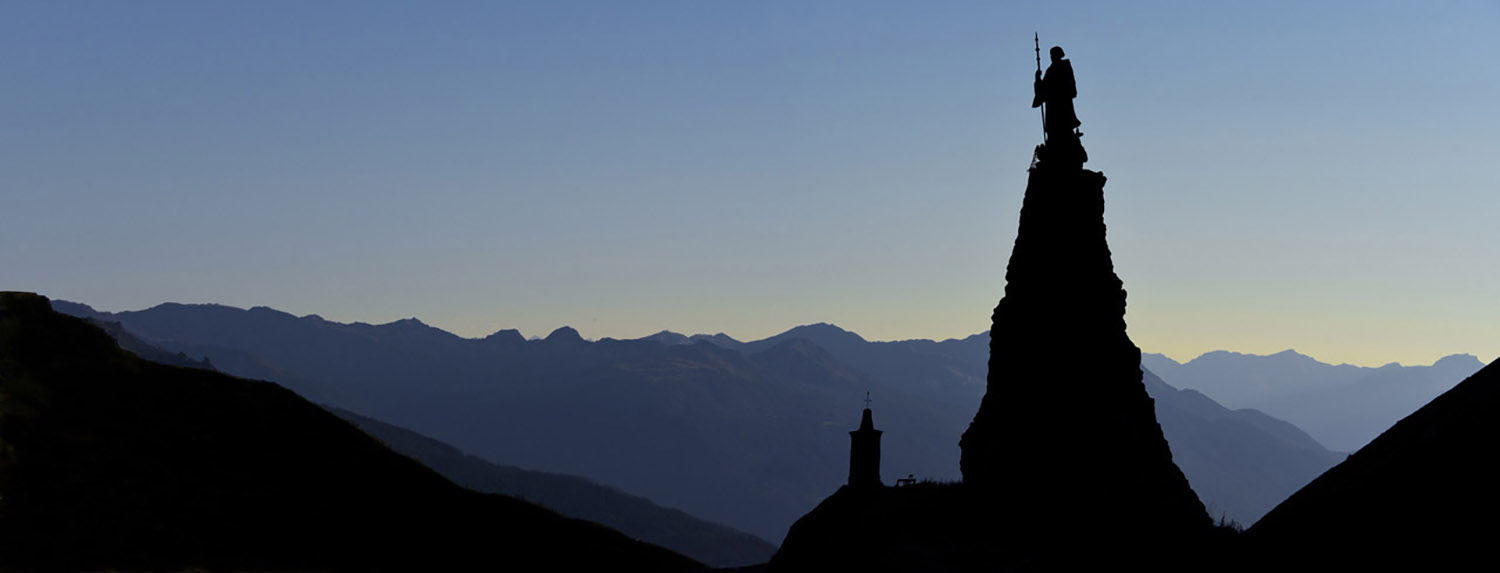
The geography of the pass
Info and maps: Gille de Broucker, geologist.
The Col du Petit St Bernard is at the crossroads of different geological horizons characteristic of Alpine geology :
- on the south side (Mont Belvedère massif), the rocks are sandstone and conglomerates with flakes of Mica, resulting from the erosion of a very old chain of mountain (320 Million years)
- on the north-west side, the roc de Belleface and the pointe de Lancebranlette are respectively black limestone and calcschist formed in the collapse ditches of the la alpine sea which covered the territory 170 million years ago.
- on the northeast side, the Pointe Rousse is a scale of granite from a micro-continent (called Briançonnais) 267 million years old. It is surrounded by various rocks (basalts, gneiss, serpentinite, gabbros, etc.), witness to the opening and then the closing of a small ocean (the Valais ocean) 80 million years ago.
This diversity of rocks, both acidic and basic, induces a beautiful plant diversity in this sector of alpine meadows.
Natural spaces
At 2200 m altitude, the Petit Saint Bernard plateau is a remarkable wetland. Various ecological factors contribute to this: glacial modeling, nature of the terrain, origin of the rocks, presence of water ( streams, lakes, bogs and marshes), climatic conditions.
As a result, a large part of the plateau is classified “Natura 2000” and protected. There are remarkable species such as the Arctic rush and the Bicolor sedge.
3 remarkable lakes are located within walking distance of the pass: Lac Longet, Lac sans fond and Lac Verney. (See discovery trail)
Climatic particularity of the pass
The Haute Tarentaise is under the influence of an intra-alpine climate which is characterized by a relative basic drought of valley. This feature is accentuated by the presence of the Petit St Bernard pass. In fact, when a low pressure system is present on the Mediterranean, it generates a foehn effect: humid air masses arrive on the Italian side and collide with the mountains. The air cools and humidifies, it becomes saturated, precipitation accumulates at altitude. Crossing the pass, the air rushes down and heats up. At the bottom of the valley, “downwind” blows a turbulent, dry and hot wind, the foehn, also called “the oura” or “the St Bernard” by the inhabitants of the Tarentaise.
Pastoral life on both sides of the border
The first ceutron and salasse tribes were already shepherds and pastoralism is a very old tradition on both sides. other from the collar. The habit of herding the herds on the Alpe in summer is the highlight of pastoral life. The word “alpe” (or alp, arp, aup..) comes from the Celtic language.
Over time, on both sides of the valleys, the appropriation of the alpages evolved to lead to the 3 main types that still exist today: mountain possessed in common, communal mountain or private mountain.
Life in the mountain pastures is punctuated by movements, movement of men and herds according to fodder resources, which is done in stages from spring to late autumn. From St Jean to St Michel, men and herds find themselves in the “big mountain” in the high mountain pastures.
A cheese tradition, based on mountain pasture milk, has existed for a very long time in Valdigne and Haute-Tarentaise. Even today, the inhabitants of these valleys value milk by making their own specialties: fontine and Beaufort cheese.
On the livestock side, there are tarines and abundance on the French side, for the production of Beaufort, and red and black Pie on the Italian side for fontina.
The feast of the shepherds and its fights of queens
Every year, at the end of August, the festival of the shepherds took place on the pass. On this occasion, queen fights take place.
Cows have a spontaneously combative behavior between them, which is expressed within the herds. This releases their aggressiveness and will to power. Little by little, fights are set up by the breeders for their pleasures. In 1947, after the vicissitudes of the war, the Aosta Valley sought to promote the old traditions of the region, which they had inhibited during the fascist period and a group of breeders organized the first games in Aosta. The fights became popular with the organization of playoffs in each valley. In each category, the winner receives a beautiful leather necklace with the large bell finely worked by hand.
The principle of these fights is quite simple: the cow that stops fighting loses…!
These fights have a real economic impact, both for the owners of the cows, as well as for the selection of breeds and the promotion of agriculture geared towards tourism and trade.
Winter sports
Although closed in winter, the pass is at the heart of a vast Franco-Italian ski area, the space San Bernardo: 160 km of slopes with an exceptional panorama over the Mont-Blanc massif and 2 ski resorts: La Rosière and La Thuile d’Aoste .
The wind and the open, flat terrain also allow kite-skiing and kite-surfing, which are increasingly popular. Discover kite-skiing and kite-surfing!


